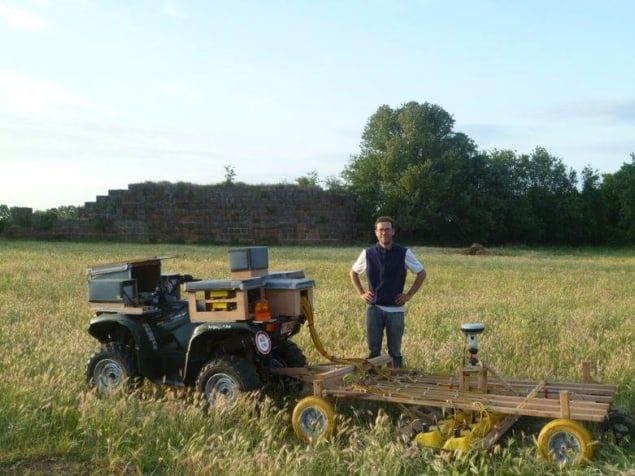
Last week I was enthusing about how lidar has been used to discover a huge Mayan structure in Mexico – and this week, ground-penetrating radar (GPR) takes the spotlight in the Red Folder. The technique has been used by archaeologists at the University of Cambridge and Ghent University to map a complete Roman city that is still buried underground. Located near Rome, Falerii Novi was first occupied in 241 BC and was populated for over 900 years.
The extensive measurements were taken by Ghent’s Lieven Verdonck as part of an ongoing project to improve GPR technology. The city stretches over 30.5 ha and Verdonck took a GPR reading every 12.5 cm across the entire site. Vast amounts of data were collected, and it could be some time before it is all analysed. Writing in the journal Antiquity, the team says the improved technique “has the potential to revolutionize archaeological studies of urban sites”.
If Verdonck and colleagues ever want to excavate Falerii Novi, they might consider using a “mole-bot” that has been optimized for underground and space exploration. Created by researchers at the Korea Advanced Institute of Science and Technology, the mole-bot is a drilling biomimetic robot inspired by the African mole-rat and European mole. The mole-bot is 25 cm wide, 84 cm long and weighs 26 kg. The team says the robot is three times faster – and has six times higher directional accuracy – than conventional boring machines. You can watch it in action in the video above.
And if you prefer your robots to remain above ground, researchers in France have created a cable-driven robot to track and film flying insects.



